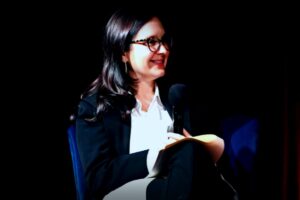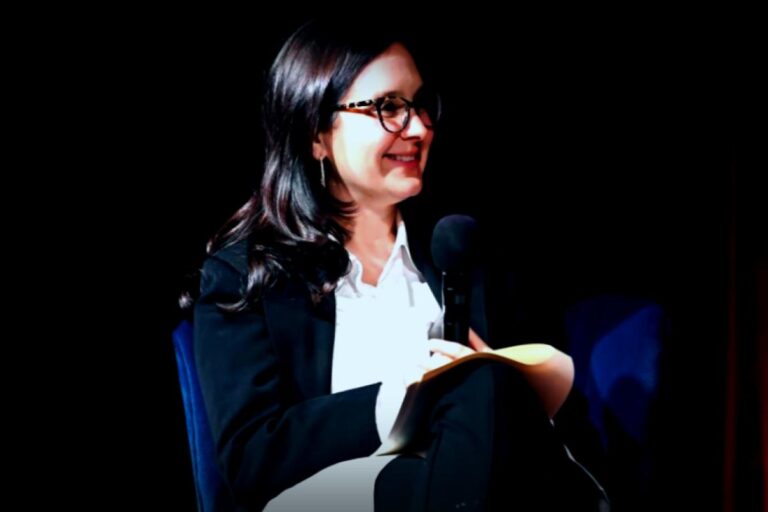Cancer cells often develop resistance against therapies that should effectively eliminate them. This phenomenon is significant since it is responsible for approximately 90% of cancer deaths, making it a critical subject of contemporary biological research.
Now, researchers from the University of Ottawa’s Faculty of Medicine have made some groundbreaking discoveries. Their research focuses on how cells with damaged DNA evade the cell cycle checkpoints that would normally prevent them from dividing. Dr. Damien D’Amours and graduate student Laurence Langlois-Lemay recently published their findings in the Proceedings of the National Academy of Sciences, a leading scientific journal.
Their research reveals a fascinating mechanism that allows these damaged cells to multiply unchecked. This runaway cell division is akin to what occurs in tumors that are resistant to treatment, dramatically accelerating DNA mutations.
Understanding the Role of Centrosomes
Dr. D’Amours emphasizes the importance of their findings for cancer treatment. Many current chemotherapy options work by damaging tumor DNA, but understanding how cancer cells avoid this damage is crucial. Their study highlights centrosomes, the cell’s structural components, which are vital for cell division and are shown to play a surprising role as signaling centers under conditions of DNA damage.
The discovery that centrosomes help determine the fate of a cell when faced with irreparable DNA damage could hold the key to overcoming resistance in various cancer treatments. Additionally, they found that targeting a specific enzyme, Polo-like kinase 1 (PLK1), involved in cell cycle regulation, might prevent the cells from adapting to DNA damage. This inhibitor approach could serve as an innovative strategy in combating cancer treatment resistance.
Dr. D’Amours articulates the concern that allowing cells with DNA lesions to proliferate may lead to more aggressive cancers. Therefore, inhibiting the recruitment of PLK1 to centrosomes could curb this abnormal growth.
The Path to Discovery
The extensive study is a product of years of dedicated research, launched when Dr. D’Amours joined the University of Ottawa in 2017. He recounts how Laurence Langlois-Lemay initiated the project as an MSc student, utilizing a systems biology method to investigate cellular responses in budding yeast—a model organism that provides insights applicable to humans.
Using state-of-the-art resources at uOttawa’s Institute of Systems Biology, she discovered the crucial role of an evolutionarily conserved centrosome element that facilitates the necessary association with PLK for cellular adaptation. Now enrolled in a Ph.D. program, Langlois-Lemay’s work has significantly contributed to the understanding featured in their published study.
Looking Forward
Understanding the mechanisms behind how cells adapt to DNA damage opens up avenues for future research. Dr. D’Amours and his team plan to validate their findings further, particularly the potential of chemical inhibition of PLK1 in improving the outcomes of radio/chemotherapy in patients.
Further Details: Laurence Langlois-Lemay et al., Yeast centrosomes act as organizing centers to promote Polo kinase-mediated adaptation to persistent DNA damage. Proceedings of the National Academy of Sciences (2025). DOI: 10.1073/pnas.2414426122
Information sourced from the University of Ottawa.




















